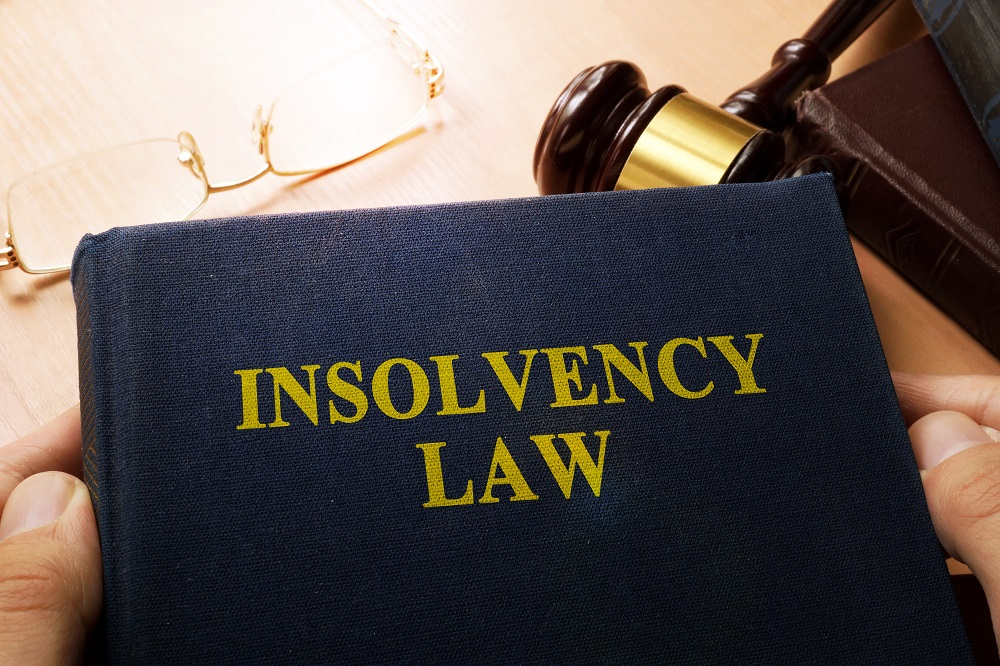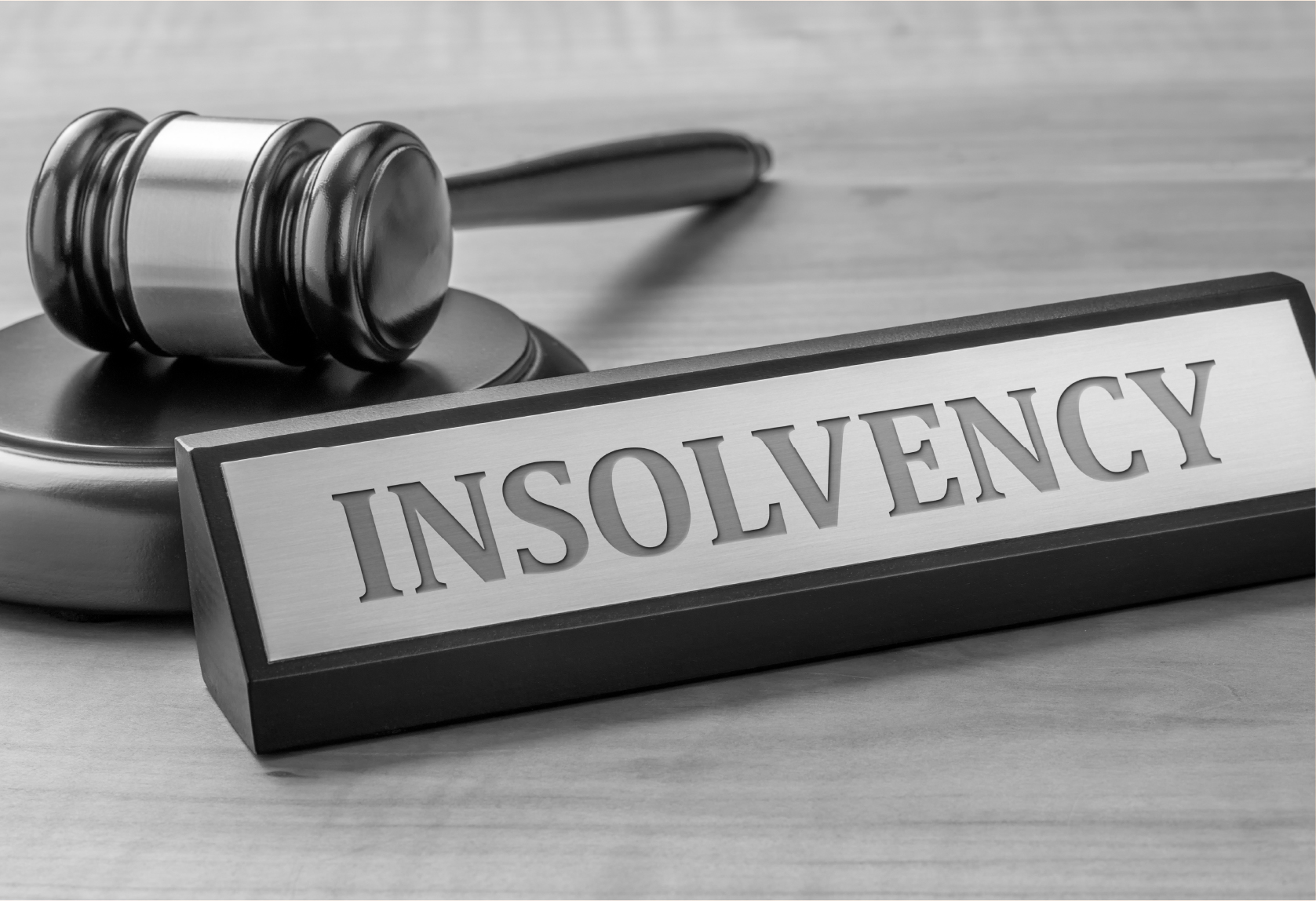Insolvency is a term that strikes fear into the hearts of business owners. It signifies a state where an entity cannot meet its financial obligations. This article aims to demystify insolvency law, providing essential insights for business owners to navigate this complex landscape effectively. Understanding the implications of insolvency law is crucial, not just for survival, but for the overall health of your business.
What is Insolvency?
Insolvency occurs when a business is unable to pay its debts as they fall due. This situation can arise from various factors, including poor cash flow management, unexpected economic downturns, or even miscalculations in financial forecasting. Identifying the signs of insolvency early can be the difference between recovery and collapse. The implications of insolvency extend beyond mere financial distress; they can affect a company’s reputation, employee morale, and relationships with suppliers. A proactive approach to financial management is essential to mitigate the risks associated with insolvency, as it allows businesses to implement strategies that can avert potential crises.
Types of Insolvency
There are two primary types of insolvency lawyers: cash flow insolvency and balance sheet insolvency. Cash flow insolvency refers to a situation where a business cannot pay its debts when they are due, despite having assets that exceed its liabilities. On the other hand, balance sheet insolvency occurs when a company’s total liabilities surpass its total assets, indicating a negative net worth. Understanding these distinctions is vital for business owners, as each type may require different approaches to resolution. For instance, a company facing cash flow insolvency might benefit from renegotiating payment terms with creditors or seeking short-term financing, whereas a balance sheet insolvent company may need to consider more drastic measures, such as restructuring or selling off assets to regain financial stability.
Common Signs of Insolvency
Recognising the signs of insolvency is crucial for any business owner. Common indicators include persistent cash flow problems, frequent creditor calls, and an inability to secure additional financing. If a business is struggling to pay its bills or is consistently late on payments, these could be warning signs that should not be ignored. Additionally, an increase in reliance on credit to cover operational costs or a decline in sales can also signal impending insolvency. Monitoring financial statements regularly and maintaining open lines of communication with financial advisors can help business owners stay ahead of potential issues, enabling them to make informed decisions that safeguard their company’s future. Moreover, seeking professional advice at the first signs of trouble can often lead to more favourable outcomes, as timely intervention can provide options that may not be available later in the insolvency process.
The Legal Framework of Insolvency
Insolvency law is governed by legislation that varies by jurisdiction. In Australia, the primary legislation is the Corporations Act 2001, which outlines the processes and responsibilities of directors when a company is in financial distress. Understanding this legal framework is essential for business owners to navigate potential insolvency situations. The act not only delineates the rights and obligations of directors but also provides guidance on the duties of insolvency practitioners, ensuring that all parties involved are aware of their responsibilities during such challenging times. This legal backdrop is crucial, as it aims to protect the interests of creditors while also offering a pathway for struggling businesses to recover.
The Role of Administrators
Once a business enters administration, an external administrator is appointed to manage the company’s affairs. The administrator’s role is to assess the company’s financial situation and determine whether it can be saved or if it should be liquidated. This process provides a temporary reprieve from creditor actions, allowing the business to restructure its debts or prepare for a sale. Administrators often conduct a thorough review of the company’s operations, financial records, and market position, engaging with stakeholders to gather insights that may influence the restructuring plan. Their expertise is vital in negotiating with creditors and devising a strategy that balances the interests of all parties involved, which can be a complex and delicate task.
Liquidation vs. Voluntary Administration
Liquidation is the process of winding up a company’s affairs, selling off its assets to pay creditors. This can be either voluntary, initiated by the company’s directors, or involuntary, initiated by creditors through a court order. In contrast, voluntary administration aims to rescue the business, allowing it to continue trading while a plan for restructuring is developed. The decision between these two pathways can significantly impact the future of the business and its employees. Liquidation often results in the complete cessation of operations, leading to job losses and the dissolution of the company, while voluntary administration may provide an opportunity for a turnaround, preserving jobs and maintaining the company’s market presence. The choice made can hinge on various factors, including the company’s financial health, the willingness of creditors to negotiate, and the potential for future profitability, making it a critical decision for directors facing insolvency challenges.
Directors’ Duties and Responsibilities
Directors have a legal obligation to act in the best interests of the company and its creditors, particularly when insolvency is imminent. This duty becomes paramount when a company is nearing insolvency, as failure to comply can lead to personal liability for directors. It is essential for directors to remain vigilant and proactive in their decision-making processes, ensuring that they are fully informed about the company’s financial health and the potential risks involved in their actions.
Understanding the Duty to Prevent Insolvent Trading
One of the most critical responsibilities of directors is to avoid insolvent trading. This means that directors must not allow the company to incur debts if they believe the company is unable to pay those debts. Breaching this duty can result in significant penalties, including fines and disqualification from managing corporations. Furthermore, the legal framework surrounding insolvent trading is designed to protect creditors and maintain the integrity of the marketplace, thereby reinforcing the importance of responsible governance.
Seeking Professional Advice
When faced with financial difficulties, seeking professional advice is crucial. Engaging with insolvency practitioners or financial advisors can provide valuable insights into the options available. They can help assess the company’s financial position and recommend the best course of action, whether it be restructuring, administration, or liquidation. Additionally, these professionals can offer guidance on compliance with legal obligations and help directors navigate the complexities of insolvency law, which can often be daunting for those without specialised knowledge.
Moreover, it is advisable for directors to maintain open lines of communication with stakeholders, including employees, shareholders, and creditors, during challenging times. Transparency can foster trust and collaboration, which may lead to more favourable outcomes for all parties involved. By demonstrating a commitment to ethical practices and responsible management, directors can not only mitigate potential liabilities but also enhance the company’s reputation, even in the face of adversity. This proactive approach can be instrumental in identifying alternative solutions that may allow the company to recover and thrive in the long term.

Options Available When Facing Insolvency
Understanding the options available when facing insolvency can empower business owners to make informed decisions. There are several pathways to consider, each with its own implications and processes.
Restructuring and Turnaround Strategies
Restructuring involves reorganising a company’s financial and operational structure to improve its viability. This may include renegotiating debts, reducing operational costs, or even changing business models. A well-executed turnaround strategy can revitalise a struggling business and restore its financial health.
Voluntary Administration
As mentioned earlier, voluntary administration provides a temporary shield from creditors while a plan is developed to save the company. During this period, the administrator will work with stakeholders to formulate a plan that addresses the company’s debts and operational challenges. This can be an effective way to retain control of the business while addressing financial issues.
The Impact of Insolvency on Employees and Stakeholders
Insolvency does not only affect the business owners; it has far-reaching implications for employees, creditors, and other stakeholders. Understanding these impacts is essential for managing the situation effectively.
Employee Rights and Protections
Employees have certain rights when a company becomes insolvent. In Australia, employees are considered priority creditors, meaning they are entitled to receive outstanding wages, superannuation, and redundancy payments before other creditors. This legal protection is designed to safeguard employees during financial distress.
Communication with Stakeholders
Effective communication with stakeholders is vital during an insolvency crisis. Keeping employees, suppliers, and customers informed can help maintain trust and loyalty, which are crucial for the business’s recovery. Transparency about the situation and the steps being taken can mitigate uncertainty and anxiety among stakeholders.
Preventing Insolvency: Best Practices for Business Owners
While understanding insolvency law is essential, preventing insolvency is the ultimate goal. Implementing best practices can help mitigate risks and ensure long-term business sustainability.
Effective Financial Management
Strong financial management practices are the foundation of a healthy business. This includes regular financial reporting, budgeting, and cash flow forecasting. By keeping a close eye on financial performance, business owners can identify potential issues early and take corrective action before they escalate.
Building Strong Relationships with Creditors
Maintaining open lines of communication with creditors can be beneficial, especially during challenging times. Establishing strong relationships can lead to more favourable payment terms and greater flexibility when financial difficulties arise. Proactive communication can help build trust and understanding, which can be invaluable in times of crisis.

Conclusion: The Importance of Being Proactive
Insolvency law is a complex area that requires careful consideration and understanding. By being proactive and informed, business owners can navigate the challenges of financial distress more effectively. Recognising the signs of insolvency early, understanding legal obligations, and exploring available options are crucial steps in safeguarding a business’s future.
In a rapidly changing economic landscape, the ability to adapt and respond to financial challenges is essential. By implementing best practices and seeking professional advice when necessary, business owners can not only survive but thrive, even in the face of adversity. Understanding insolvency law is not just about avoiding pitfalls; it is about empowering business owners to make informed decisions that will lead to long-term success.
See Also: When to contact Insolvency Lawyers to prevent bankruptcy.


